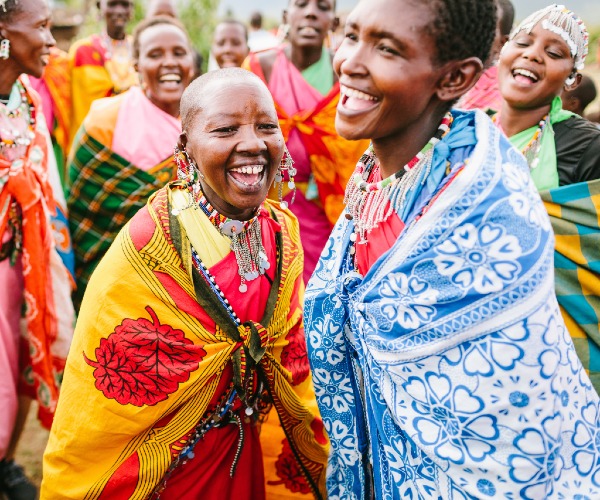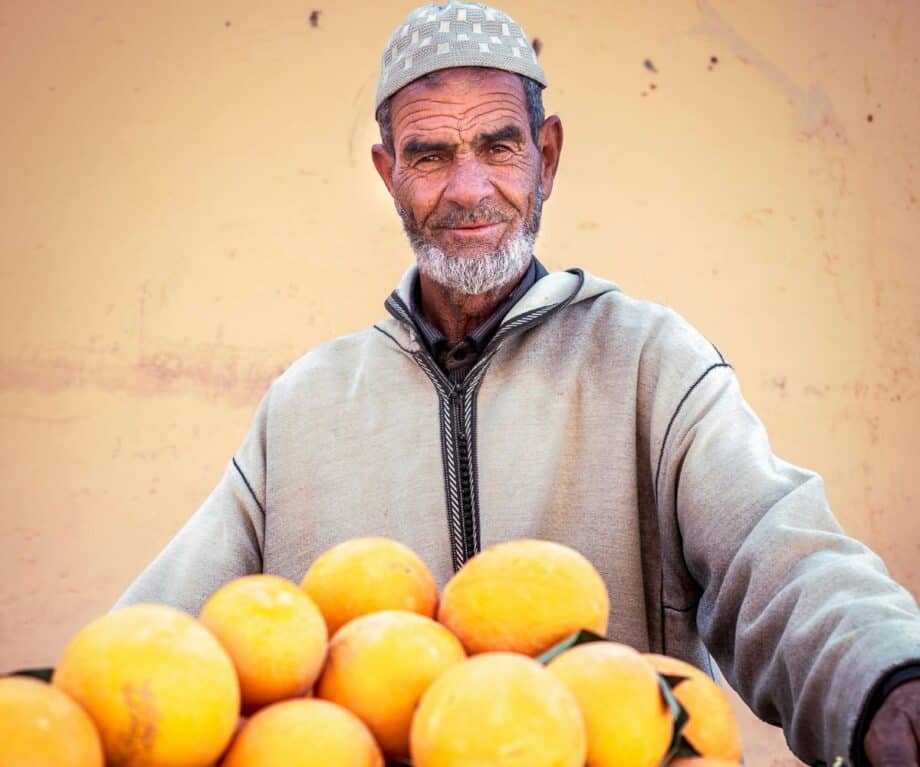The Kruger National Park is unquestionably one of the world’s greatest wildlife destinations. Guests from around the world home in on the park and surrounding reserves in the hopes of seeing Africa’s “Big 5” and more in their natural environment.
Stretching some 360km from north to south, and covering an area roughly the size of Wales, the park is home to more species of large mammal than any other in Africa. Hemmed in by the Limpopo River to the north, the Crocodile River to the south and the imposing Lebombo mountains to the east, this park is, deservedly, national park royalty.
Ask most people to name accommodation in Kruger and names like Skukuza, Lower-Sabie, Satara readily trip off the tongue. For those seeking a little more luxury the list might include MalaMala, Singita, Sabi Sabi and Londolozi. Those with a little more knowledge might think of Olifants restcamp or the lodges of the Manyeleti, Timbavati and Balule. All of these share one common trait, they are all in the lower or southern half of the park.
The southern Kruger is justly famous, it has arguably some of the greatest wildlife sightings to be found anywhere. Add to the mix a sophisticated tourist infrastructure and even direct flights from as far away as Cape Town or Victoria Falls and you have one of the easiest wildlife destinations to visit in the world. This is wonderful, as it puts an authentic, big game, African wildlife adventure within reach of so many who would otherwise not be able to experience one of nature’s greatest spectacles.
However, all that glitters is not necessarily gold. This ease of access and abundance of tourist offerings means that the southern part of the park, despite its great size, can get quite busy. A pride of lion on the main H4 road between Skukuza and Lower Sabie regularly results in a traffic jam that would make the M25 jealous! Even if you are cocooned in the lap of luxury at one of the private reserves, their popularity means often you need to juggle your dates just to find availability.
As in all good tales, there is a road less taken, and battle through adversity to the proverbial happy ending, and so it is with Kruger. A little like Bilbo Baggins, setting off from the beauty and abundance of the southern Kruger “Shire”, into a land fraught with danger, or in this case monotony, Mopane monotony to be precise.

As you push further north in the park, it hits you, a solid, seemingly endless wall of mopane trees in every direction. Mile after mile the humble Mopane tree dominates the landscape. At certain times of year, if you stop and listen carefully there is a constant hum filling the air, like a thousand faint sewing machines. Far from thee sound of creation, this is actually the sound of destruction, as millions of mopane worms munch their way through their favourite meal, juicy Mapone leaves.
Pushing ever further north through this Mopane desert, like a mirage, an occasional giant Baobab breaks the monotony, signalling you are getting ever closer to the great Limpopo River.
(In the interests of transparency, I should add at this stage, that our fictional adventurous traveller could of course bypass the Mopane morass altogether, opting rather to take the other slightly more travelled road outside the park. Wending over the majestic Panorama Route, through Venda villages and onwards past the towering majesty of the Soutpansberg to the Pafuri gate in the extreme north of the park – but that would just ruin a good story!)
Finally, the Mopane gives way to Pod-mahongany, Silver Cluster-leaf, Lebombo-ironwood, Red-bushwillow, Euphorbias and increasing numbers of giant Baobabs as you enter the rather clumsily named “Makuleke Contractual Park”. This is Kruger’s final frontier. It was the last area that was added to the Kruger National Park in 1969. Under the Apartheid government of the time, the local Makuleke tribe was forcibly removed and their land designated as part of the park, extending its boundaries to the banks of the Limpopo River. In 1996, the history books were re-written and in the first successful land claim in the new democratic South Africa meant the land was returned to the Makuleke people. However, rather that occupying their ancestral home, the tribe decided to allow it to be retained as the northern most reaches of Kruger. In return, they benefit from conservation levies and profit share, employment opportunities and training in tourism from the handful of private lodges that are granted permission to operate in the area.
While it covers less than 2{fd1018b708dc11e6d771fa6d5ce8eacdee7a6add7c2315f27e48bc4e47591114} of the total area of the Kruger National Park, the area is home to an astounding 75{fd1018b708dc11e6d771fa6d5ce8eacdee7a6add7c2315f27e48bc4e47591114} of the park’s diversity of flora and fauna. Add to this a very generous dose of some of the most spectacular scenery in the park and you have the recipe for an unforgettable wildlife experience.
The Makuleke sector of the park is sandwiched between the Limpopo River to the north and the Luvuvhu River to the south. As the rivers meander east, they slowly converge until they merge where the borders of South Africa, Zimbabwe and Mozambique meet. The area is aptly named as Crook’s Corner as it was used by the gun runners and ivory poachers of old to escape the law by simply skipping from one country to the next. We did say, this is the Wild, Wild North.

All thoughts of outlaws would be banished though in the serene beauty of the largest fever tree forest in the southern hemisphere. Towering flaky barked fever trees filter the sun creating an otherworldly pistachio glow, and an unforgettable experience.
Talking of unforgettable experiences, no visit to the area is complete without a visit to the top of Lanner Gorge for some of the most spectacular views imaginable. These towering sandstone cliffs, studded with dinosaur fossils, carved out by the Luvuvhu River offer views that seem to stretch to the ends of the earth. Sit atop the gorge and watch eagles in flight below you. Describing the scene as breath-taking doesn’t quite seem to do it justice.

It’s not just about the scenery though. The area is rich in wildlife too. After years of neglect and rampant poaching, the Makuleke region has bounced back, now providing a wonderful game viewing experience. This includes the reintroduction of white rhinos which had been absent from the area for 120 years. The rivers provide the ideal habit for large herds of buffalo, elephants are plentiful and you virtually fall over beautiful nyala at every corner. With the increase in herbivore numbers there has been an inevitable increase in the predator count as well. Don’t even get us started on the birdlife, let’s just say with over 350 species recorded in the area, any twitcher would be in their element.
The best news of all, is that you can experience this little slice of gorgeousness without having to compromise one ounce of luxury. Your biggest dilemma will be, do I want a room with spectacular views over the wilderness or do I want a room cossetted by the towering riverine forest?
For those seeking a lofty perch, look no further than the stylish simplicity of The Outpost. While concrete and steel might not seem like the obvious choice of materials with which to build a safari lodge, The Outpost proves it most certainly should be. 12 minimalist “spaces” hug the rugged mountainside, each one offering sweeping 180º views to the Luvuvhu River Valley and beyond.

Clever planning means that despite being completely open on 3 sides each space retains complete privacy and allows guests to revel in the views, be it from your bed, your lounger or even your bath! For the rare few that seek a slightly more intimate feel there are state of the art retractable blinds.

The sleek design continues to the lodges main area, without compromising for a moment on rlosing its sense of location. Whether you are dining on exquisitely prepared meals or taking a refreshing dip in the pool the feeling of openness to the bush never leaves you.
The Outpost has a smaller sibling in the form of Pel’s Post, just a stone’s throw away. Pel’s Post offers the same sweeping views, clifftop location and open features as The Outpost. Here the concrete has been replaced by wood and the scale reduced to just 4 suites, making it the perfect option for small groups or families to take on an exclusive use basis.

If The Outpost is all about the views from its craggy perch, then Return Africa’s Pafuri Luxury Tented Camp is all about the river and surrounding lush riverine habitat. The 19 luxury tents are strung out along the Luvuvhu River ensuring every guest has direct, unobstructed river views.

The tents ooze classic safari style. Wooden decking, iconic khaki canvass, crisp bed linen, billowing mosquito nets, indoor and outdoor showers and private deck from where you can watch the river meander slowly past. All the units are set on raised decking allowing the game to pass underneath coming to and fro from the river. The elevated pathways lead from the tents to the heart of the camp, never losing site of the river. Dining where possible dining is al fresco either on the deck or boma, and after dinner retire to the warmth of the fire pit to swap tales of your adventures. Cool off from the summer heat in the large pool or relax at the bush bar under the verdant spreading canopy above.

At all the camps, when not basking in the simple pleasure of just being there, twice daily safari activities are offered under the watchful eye of highly experienced guides. Head out in open 4×4 safari vehicles at dawn, and again as the afternoon heat starts waning, in search of Kruger’s celebrated wildlife. For those looking for an even more immersive experience, all the camps here offer guided walking safaris to explore this remote wilderness.

It is precisely here, when you are out in the middle of these furthest regions of the Kruger National Park that you realise how lucky you are, having chosen the road less travelled. Revelling in the ultimate luxury of solitude.
Warwick Blow is owner of Safari In Style. Safari In Style uses more than 50 years of personal experience to create tailor-made unique journeys through Africa’s finest safari destinations.
If you would like to be a guest blogger on A Luxury Travel Blog in order to raise your profile, please contact us.




